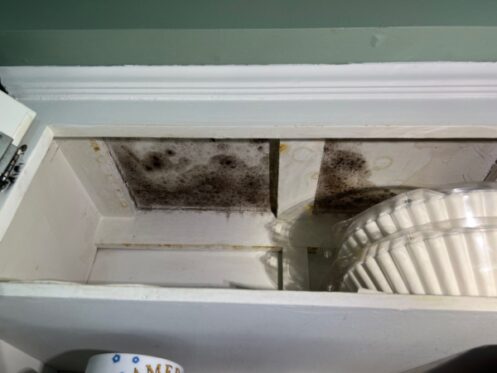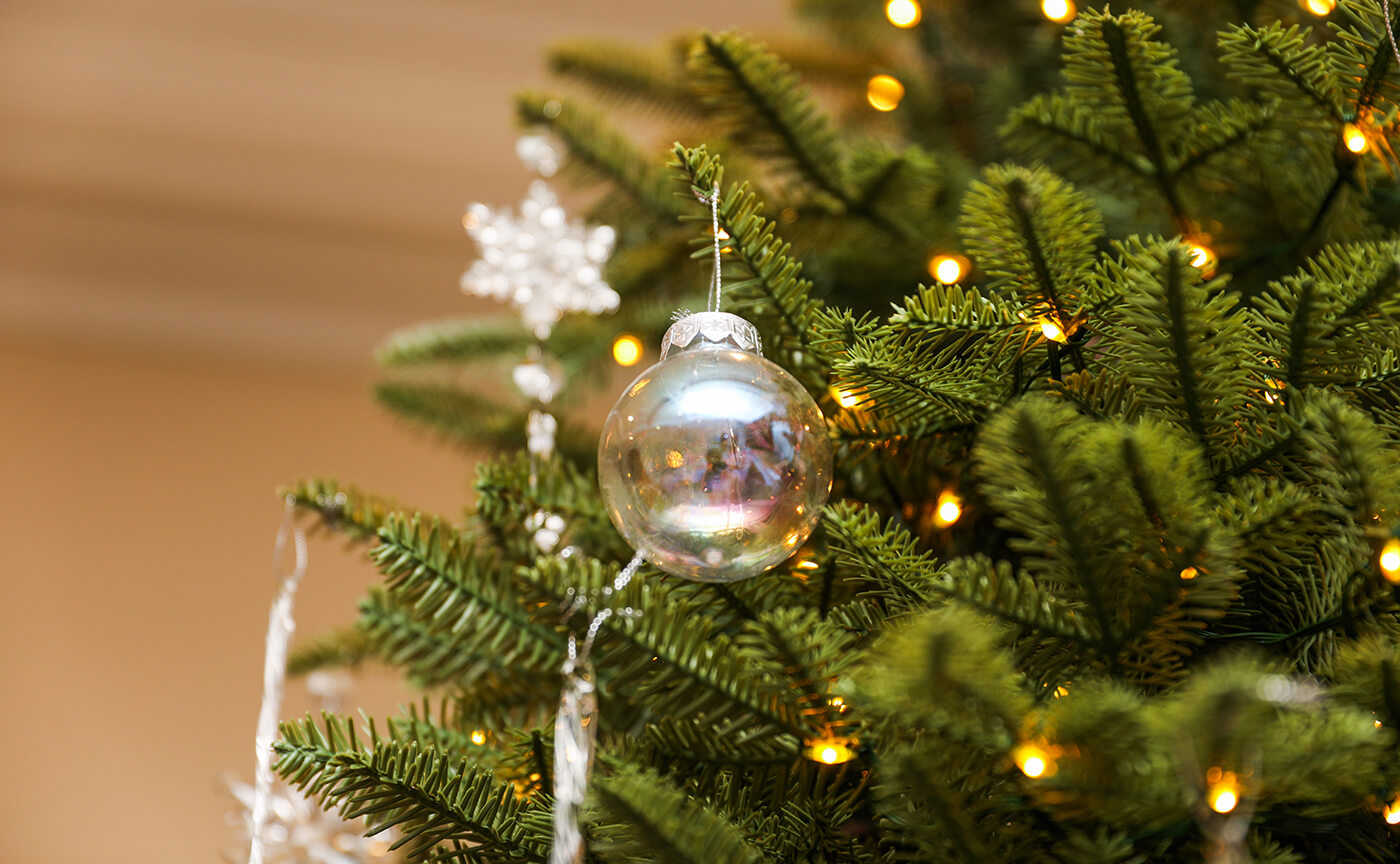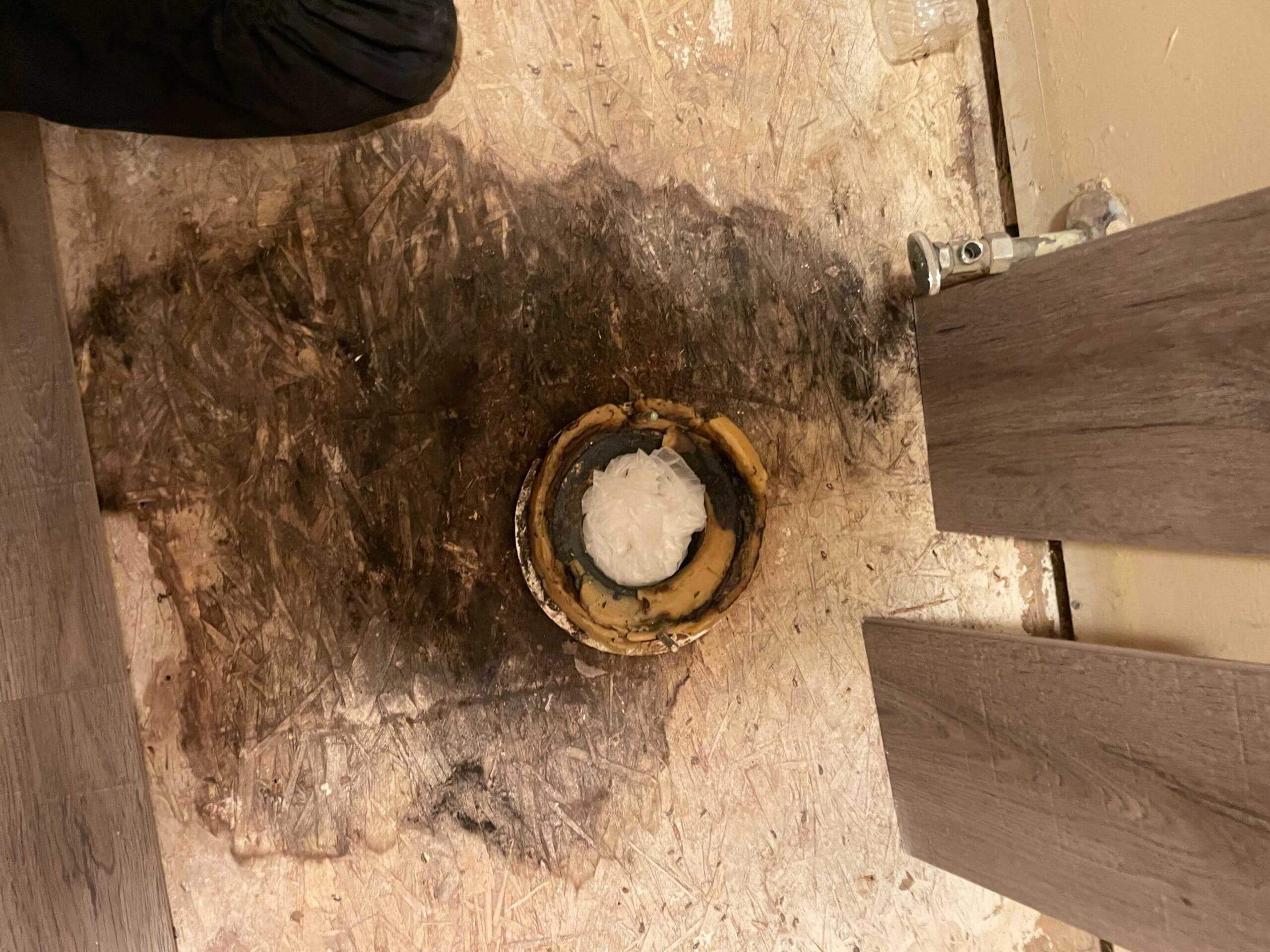If you hear that a tenant in your rental property has found mold in the walls or another location, it can be disconcerting. This is because mold can be an environmental hazard, destroy property, and affect the health of people living in a building.
It is not uncommon to hear about tenants taking legal action against their landlords because of health issues that resulted from mold. These health issues could include nausea, rashes, asthma, chronic fatigue, and more.
As a landlord, if you have a suspicion that there is mold in your rental unit, it is imperative that you know what to look for and understand your liabilities. The best-case scenario is that you can prevent mold or remediate it immediately before it becomes problematic.
Where Might Your Tenants Find Mold?
Mold can be found in a variety of colors and different shapes. Mold can look shiny, or it can have a powdery consistency. Certain molds have a pungent smell and a repulsive appearance. Other molds have a subtle odor or no odor at all.
Mold may be visible to your tenants in plain sight, or it might be hidden under the floor, behind the walls, or under the carpet. Mold is often found in areas that are not easily accessible, such as attics and basements.
Mold needs water to survive. For this reason, you are more likely to find mold growth on fabric, ceiling tiles, cardboard, newspapers, and other items that have been water-soaked. If you live in a naturally humid area, you should expect above-average mold growth. This does not mean that tenants in drier climates will not have mold issues. Mold is resilient, and it can prosper in any environment as long as there is moisture and humidity.
Why Landlords Must Be Diligent When It Comes to Mold
Uncontrolled mold growth can destroy your rental property. More importantly, it can put the health and well-being of your tenants at risk.
There is a lot of back and forth about how big of an environmental hazard mold is. There is also ample discussion about which molds, including stachybotrys, penicillium, aspergillus, paecilomyces, and fusarium, are the most damaging to a person’s health. However, something that is not debated is that tenants who live in and inhale mold spores run the risk of suffering severe health consequences.
It is good to point out that not every mold is damaging to your health. For example, if mold is growing in your shower, it is likely not going to be dangerous. Experts like those at Pur360 can help you identify whether the mold in your rental unit is dangerous or if it is just a nuisance that needs to be cleaned.
An additional challenge is knowing if your tenants are getting sick because they have inhaled mold or ingested it. The best-case scenario is that you can prevent tenants from having to deal with mold issues by being diligent and striving to prevent mold from growing in the first place.
What Are Your Legal Responsibilities as a Landlord if Your Tenant Is Exposed to Mold?
There is much ambiguity, except for a few circumstances, regarding a landlord’s responsibility to protect their tenants from mold growth. There is still much room for lawmakers to clarify the exact responsibilities landlords have to their tenants.
There is no federal law that sets acceptable exposure limits or permitted building tolerance standards for mold in residential units. A handful of states have taken measures to lay out acceptable mold standards or guidelines for indoor air.
Even if there is no “mold law” on the books, landlords are responsible for maintaining habitable premises for their renters. You must provide livable and safe housing. If not, your tenants might have the option to withhold rent. In worst-case scenarios, they may be able to file a lawsuit against you for health issues they have experienced related to mold problems.
For example, as a landlord, you are responsible for repairing leaks from pipes, the roof, or windows. If you do not do this and mold grows in the unit, your tenants might be able to hold you legally responsible. If they can convince the judge that your inaction caused their health problems, there could be severe financial consequences for you.
Excessive mold exposure can affect your tenants, causing respiratory problems, neurological problems, allergic reactions, and other severe issues that only become more severe with prolonged exposure. Children and the elderly have an increased risk for mold-related health problems. Symptoms can include a cough, a sore throat, blurred vision, watery eyes, a runny nose, and more.
Mold growth in a rental unit can lead to fungal infections, asthma, mycotoxin toxicity, sinus infections, and allergic reactions. Your tenants may experience long-term, short-term, or even permanent effects. You may find yourself liable because you did not provide a habitable residence. With all of its consequences, toxic mold falls under the category of something that can make a unit uninhabitable. It is your job to become familiar and comply with both local and state health standards for mold growth.
Who Pays to Remove Mold?
Regardless of the reason for the mold, it must be removed. As a landlord, you are responsible for footing the initial cost of the mold removal, especially if the mold growth was caused by poor maintenance or a lack of it.
If later it becomes clear that the mold occurred because of an action or inaction on the part of the tenant, you may be able to charge the tenant for the cost of mold removal. Tenants are not always keen on paying for mold removal. As a landlord, you should protect yourself by documenting everything that proves that the mold growth was because of something the tenant did.
The quicker you enact a plan to remove mold from your property and stop it from spreading, you show your tenants that you are committed to their safety and well-being. When mold is discovered, the priority is not placing blame but getting rid of it. Neglecting to clean up mold can lead to increased loss of income. You have time to recoup any money spent on mold remediation later once you have got the property up to par.
Keep Your Tenants Safe With High-Quality Mold Remediation and Sanitization Services
At Pur360, our commitment is providing our customers with outstanding mold testing, remediation, and sanitization services. We know how stressful it can be for landlords to clean up after water damage or a mold outbreak. We combat mold with patented processes and advanced techniques. For this reason, we are proud to stand behind our results.
Whether you need mold testing, odor removal, mold eradication, sanitization, water damage restoration, or air purification, Pur360 is the team you should call. Our technicians are trained, friendly, professional, and proud to serve metropolitan areas in Texas, Illinois, Wisconsin, Georgia, and Florida. We get the job done right every time and will provide you with tips and recommendations that can help prevent mold from coming back to your unit. Don’t let mold put your unit, tenants, and reputation at risk. Contact Pur360 today, and we will get things cleaned up right the first time.



